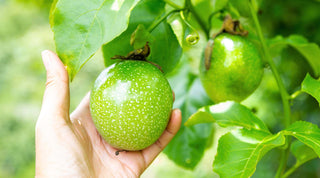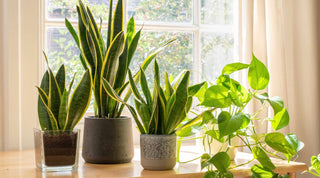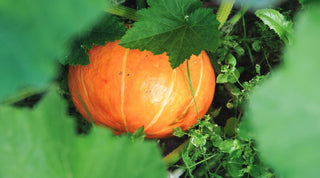Growing and making your own tea from your garden is a fulfilling and sustainable endeavor.
In a world where convenience often takes precedence, there's something truly rewarding about sipping a cup of tea that you've grown and crafted right in your own garden. Not only does it offer a deeper connection to nature, but it also provides an opportunity to enjoy fresh, pesticide-free tea leaves. In this guide, we will explore the steps to grow and make tea from your garden, from selecting the right tea plants to harvesting and brewing your own delicious blend.
Choosing the Right Tea Plants
The first step to making your own tea is selecting the right tea plants. While traditional tea, Camellia sinensis, is the primary choice, you can also experiment with herbal teas using various plants like mint, chamomile, or lemon balm.
- Camellia Sinensis (Tea Plant):
- Choose the appropriate tea variety based on your climate. Camellia sinensis var. sinensis is suitable for cooler regions, while Camellia sinensis var. assamica thrives in warmer climates.
- Ensure well-drained soil with slightly acidic pH (around 6). Container gardening is an option for those with limited space.
- Herbal Tea Plants:
- Mint, chamomile, and lemon balm are great options for herbal teas. They are relatively easy to grow and maintain.
Harvesting Your Tea Leaves
Harvesting tea leaves at the right time is crucial for flavor and aroma. Here's how to do it:
-
Camellia Sinensis:
- For black tea, harvest the top two leaves and the bud when they are fully grown.
- For green tea, pluck younger leaves and buds, usually in the spring.
-
Herbal Tea Plants:
- Harvest herbs when they are in full bloom, as this is when their flavor and aroma are the most potent.
Making Your Own Tea
Now that you have harvested your tea leaves, it's time to create your custom tea blend. Here's how:
-
Withered: Lay out the tea leaves on a tray and allow them to wither. This removes excess moisture and softens the leaves.
-
Rolling: Gently roll the leaves to release their natural juices and initiate the oxidation process. This step is critical for black tea.
-
Oxidation: For black tea, leave the leaves exposed to air for several hours or until they turn dark and fragrant. For green tea, skip this step.
-
Drying: Heat or dry the leaves to stop the oxidation process. You can use an oven, a food dehydrator, or air-dry them.
- Blending (Herbal Teas): Mix and match your harvested herbs to create your own unique herbal tea blend. Be creative and experiment with different combinations.
Brewing Your Garden Tea
Now that you have your tea leaves ready, it's time to brew a cup of garden-fresh tea.
-
Boiling Water: Heat water to the appropriate temperature:
- 175°F (80°C) for green tea
- 212°F (100°C) for black tea
- Varies for herbal teas, usually around 212°F (100°C)
-
Steeping Time: Steep your tea for the recommended time (typically 2-3 minutes for green tea, 3-5 minutes for black tea, and as per preference for herbal teas).
- Enjoy: Pour your brewed tea into a cup, sip, and savor the delightful taste of your garden-fresh tea.
Conclusion
Growing and making your own tea from your garden is a fulfilling and sustainable endeavor. Whether you opt for traditional tea plants or experiment with herbal varieties, the process offers a unique connection to nature and the satisfaction of enjoying a cup of tea crafted with your own hands. Start your tea garden journey today and embark on a flavorful adventure that's right outside your doorstep.



